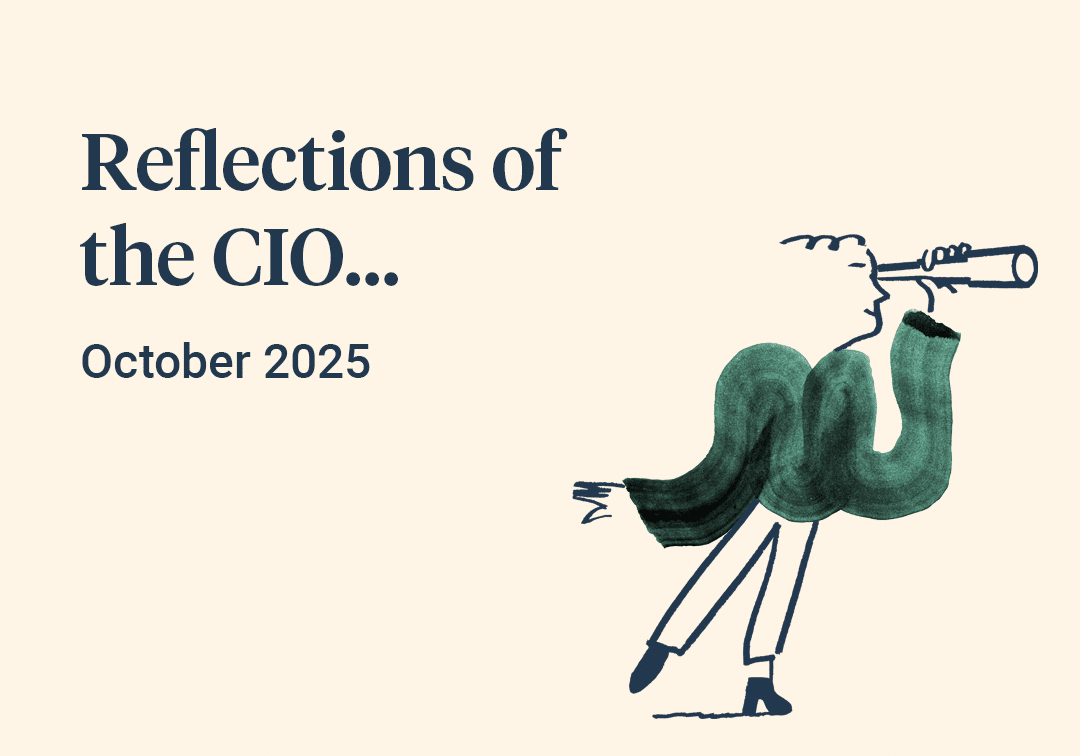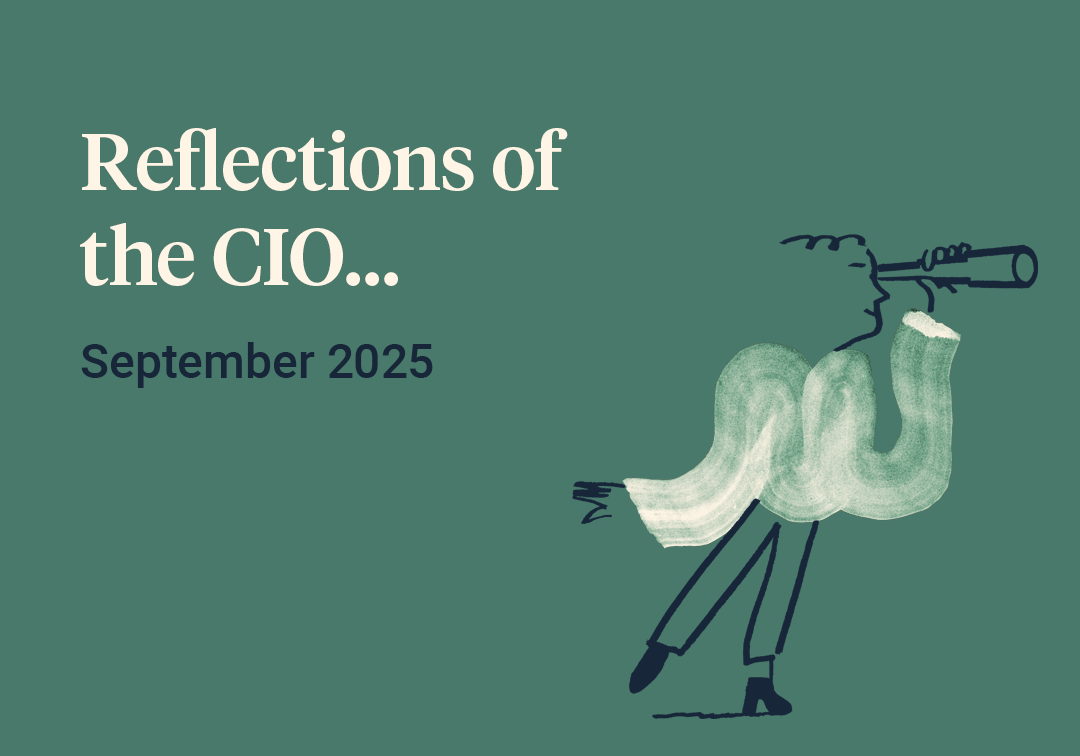If one of our readers had taken a long holiday during the first half of 2025, checking on their portfolio only at the beginning and end of the period, they could be forgiven for thinking that not much had happened. Portfolio values would have generally increased as both stock and bond markets made good progress, and the overall tone of events at the end of this period would have been noticeably more upbeat than the end of the previous one. What had happened in between – a stomach churning equity market fall, followed by a huge rally, which all played out against the noisiest of geopolitical backdrops – would have been hard to fathom, almost as if it had all been a bad dream.
This sense of the unreal continued throughout June, which ended up as a positive month overall, despite the intrusion of a war in the Middle East and a corresponding spike in the price of oil. The market’s resilience was mainly driven by the positive sentiment surrounding the extension of grace periods before full implementation of President Trump’s new tariff regime. These extensions had led investors to believe that, under pressure from markets, the new US administration would swiftly back away from its more damaging policy initiatives. This narrative, and the positive shift in sentiment it brought with it, was enough to generate sufficient momentum for markets to sail serenely through what otherwise might have been a difficult period, although it would also be fair to say that investors had never really believed the Israeli–Iranian conflict would escalate too far, given the weak hand the Iranian government had to play.
June was also a time, in our opinion, when the key longer term market issues became a little easier to identify and manage. These issues include ongoing pressure in government bond markets, a rotation away from US dollar denominated assets into ‘Rest of World’ assets and the tantalising prospect of large scale, AI inspired technological change. These factors are just the more obvious trends. There are many others, and together they form an outlook which, in our opinion, is as rich with opportunities as it is with threats.



